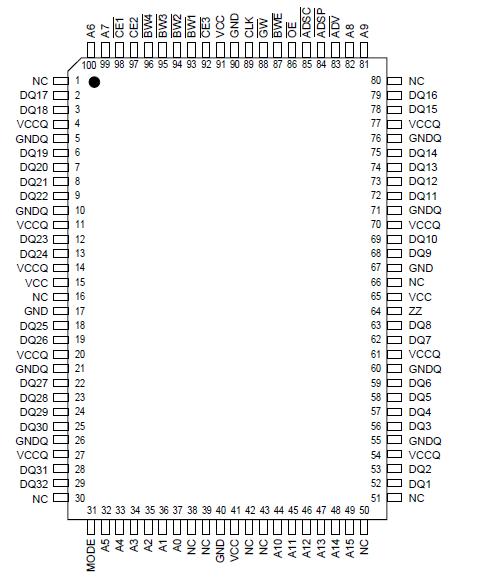IC61S6432: Features: • Internal self-timed write cycle• Individual Byte Write Control and Global Write• Clock controlled, registered address, data and control• Pentium™ or linear ...
floor Price/Ceiling Price
- Part Number:
- IC61S6432
- Supply Ability:
- 5000
Price Break
- Qty
- 1~5000
- Unit Price
- Negotiable
- Processing time
- 15 Days
SeekIC Buyer Protection PLUS - newly updated for 2013!
- Escrow Protection.
- Guaranteed refunds.
- Secure payments.
- Learn more >>
Month Sales
268 Transactions
Payment Methods
All payment methods are secure and covered by SeekIC Buyer Protection PLUS.

 IC61S6432 Data Sheet
IC61S6432 Data Sheet







